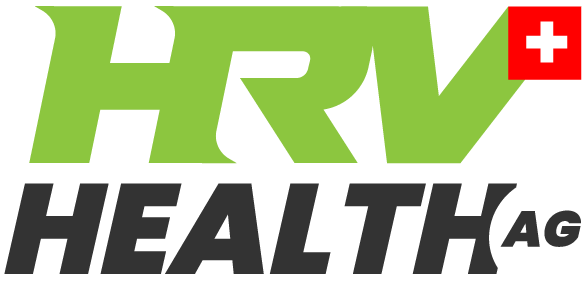HRV is the measure of the immune system. Both injury and illness cause a drop in the HRV metrics, particularly the resting heart rate and the rMSSD. HRV provides an accurate measure of the recovery process.
The affliction may require a period of bed rest, decreasing fitness, muscle mass and tone, making it difficult for the immune system to recover to the levels experienced before the illness.
HRV provides an accurate measure of the impact of the illness/injury and the benefits of measures taken towards recovery.
Sleep is crucial part of recovery process, most importantly the quality of sleep. Aim for 8 hours per night, with 30% rated as deep sleep. Comfort is all important in getting a good night’s sleep. Ensure that the temperature is ideal, there is no ambient light, and no opportunity for disruption. Put the phone in sleep mode, and tell everyone on the house when you need to take a rest.
Avoid alcohol and coffee. Alcohol causes sleep apnea, and caffeine disrupts sleep for most people.
Exercise is an important part of restoring the condition of the immune system. A person recovering from a heart condition will need to take care that the exercise does not stress the heart. Ideally doing exercise that does not raise the pulse rate. Good examples are core strengthening routines, pilates or yoga.
People who exercised regularly before the illness struck will be determined to get back to their former levels of fitness, often starting early during the recovery process. This is where the HRV numbers play a critical role. Initially, HRV numbers will rise, and with that we are feel encouraged to push the limits in our effort to reach our earlier fitness levels.
The body responds to this new stress, with a negative impact on the HRV metrics. Make sure you listen to your body. Give it a chance to recover properly from high intensity or long workouts. This will more fruitful, both in the recovery process and in achieving former fitness levels.
The HRV metrics will reveal whether you are taking the best approach.
A month ago I broke a couple of ribs in a cycling accident. My HRV numbers reflected the crises immediately. I was immobilised for almost two weeks. For the first week I slept in a recliner as getting out of bed was so painful.
AS one gets older, muscle disappears rapidly with inactivity. So it proved with me. My power had dropped by more than 20%. My HRV numbers initially improved as my body recovered, and have dipped again with the effort at trying to recover both strength and fitness.
Progress is slow, but steady.
Having the HRV metrics to measure how my body is healing provides excellent support for my training.
Some of the most interesting data belongs to the people who have been infected with Covid-19. HRV picked up the infections before the conventional tests, and confirmed that they were well on the path to recovery way before the conventional tests indicated that they were no longer infected. Over 80% of users who suffered Covid were vaccinated, some only weeks before.
The most surprising impact of Covid is the long term impact. With only a couple of exceptions, the HRV numbers of people who have been infected return to normal, but every now and then for a few weeks after infection show considerable variability in the HRV results.
This does not appear to impact on state of health. Users who are athletes do not appear to suffer any degradation in their levels of performance. They do not appear to suffer any of the symptoms associated with long Covid. Nevertheless, the HRV numbers are telling us that their bodies are still dealing with the virus for a number of weeks after the conventional tests indicate that they are well.
What is clear is the following the guidelines, and regular exercise, makes a big difference to the impact of infection, and recovery speed.
It sounds like science fiction. It’s science, not fiction.
